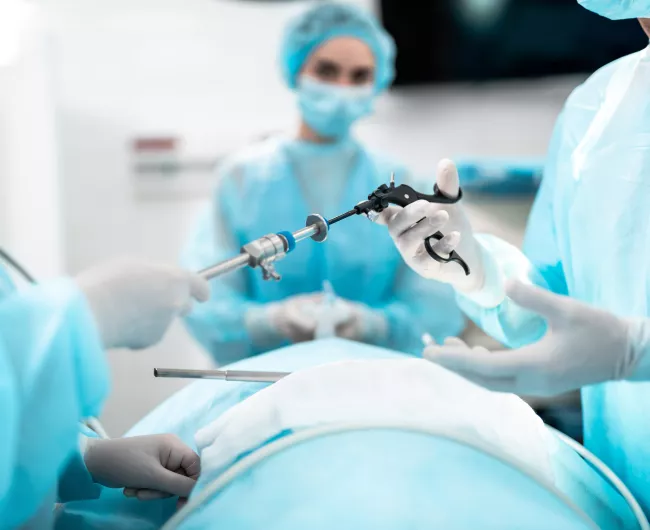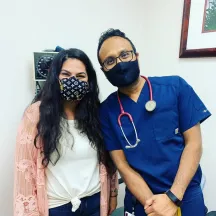Sigmoid colectomy for colorectal cancer
In this procedure, the surgeon removes the diseased portion of the rectum and the sigmoid colon. Some lymph nodes and surrounding tissue are also removed.

Sigmoid colectomy methods
Your surgeon may perform your colectomy as an open surgery, laparoscopic surgery, or robotic-assisted surgery.
The technique will depend on:
- your overall health
- tumor size
- the surgeon's experience and preference

Will I need a colostomy bag?
It's important to talk to your surgeon about your specific case and whether you will need a colostomy.
Some sigmoid colectomy surgeries do not require a stoma if the surgeon is able to connect the two ends of the colon together. The part of the colon that is joined is called an anastomosis.

Recovery
After sigmoid colectomy surgery:
- You will have some pain that can be controlled with medication.
- For a few days, you may be on a liquid diet to let your colon heal.
- Bowel function usually returns within three days after surgery.
- You may have a longer hospital stay if a your surgeon created a temporary or permanent ostomy.
- Your doctor will determine when you can return to work, driving, and other activities.

Risks and possible complications
Risks of any surgery depend on several factors, including your overall health and the extent of the surgery.
Problems are rare but can include:
- infection
- bleeding
- blood clots in the legs (DVT)
- leak at the anastomosis
- scar tissue in the abdominal cavity (adhesions)
Other colorectal cancer surgeries
Left anterior resectionTop resources

Christy Williams: Biomarker testing leads to successful treatment
Statistics suggested that Christy’s odds of survival were grim, so she leaned into her faith and kept a positive outlook. She tried to control what she could. And, critically, she received biomarker testing.

EPIC Act to Advance New CRC Therapies Needs Support
The EPIC Act would encourage investment in clinical trials for additional uses of existing drugs.

Michelle Cappel: Biomarker testing extends life
Michelle Cappel owes a lot to colorectal cancer biomarker testing — seven years of life and counting.





